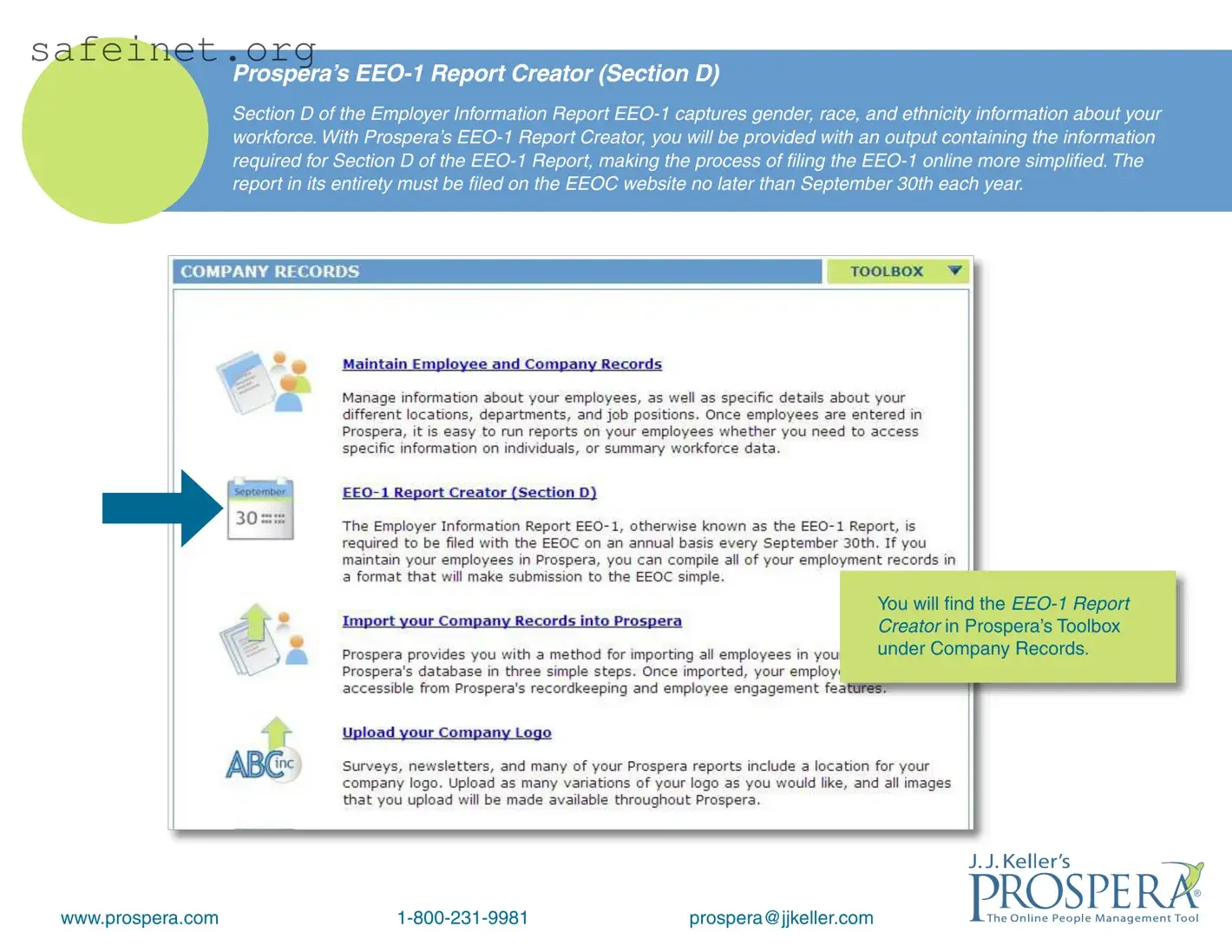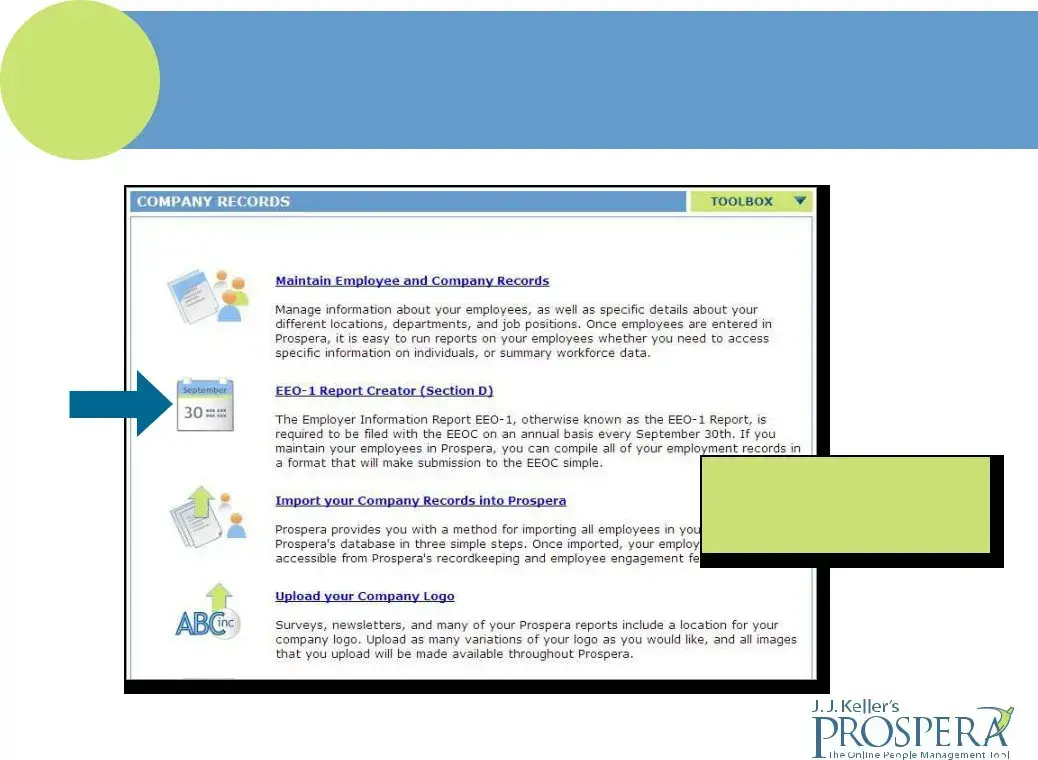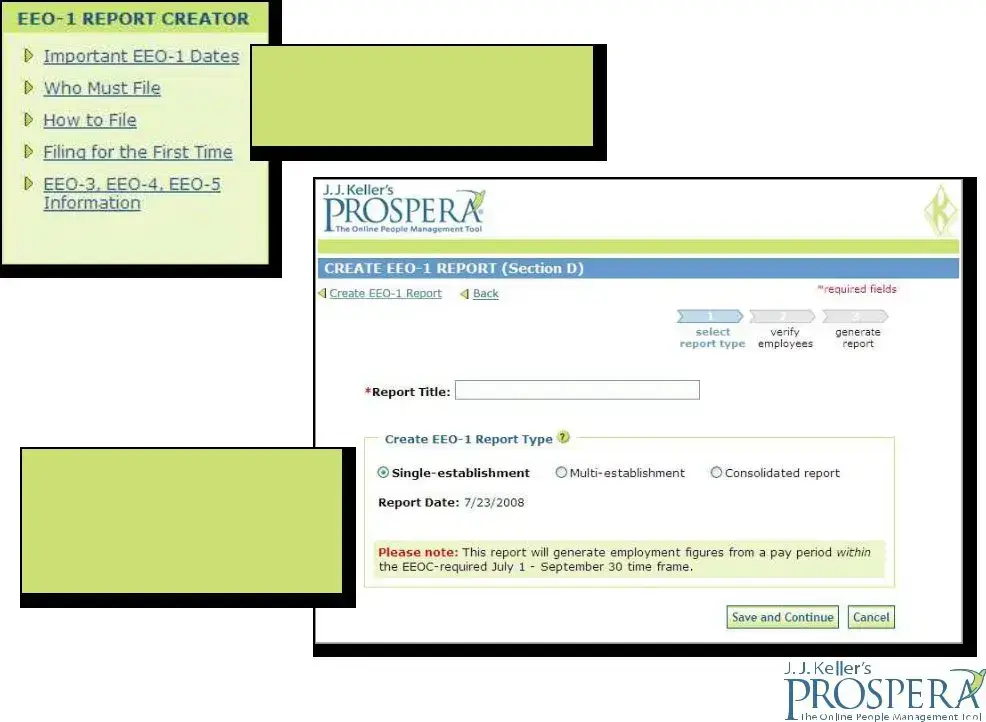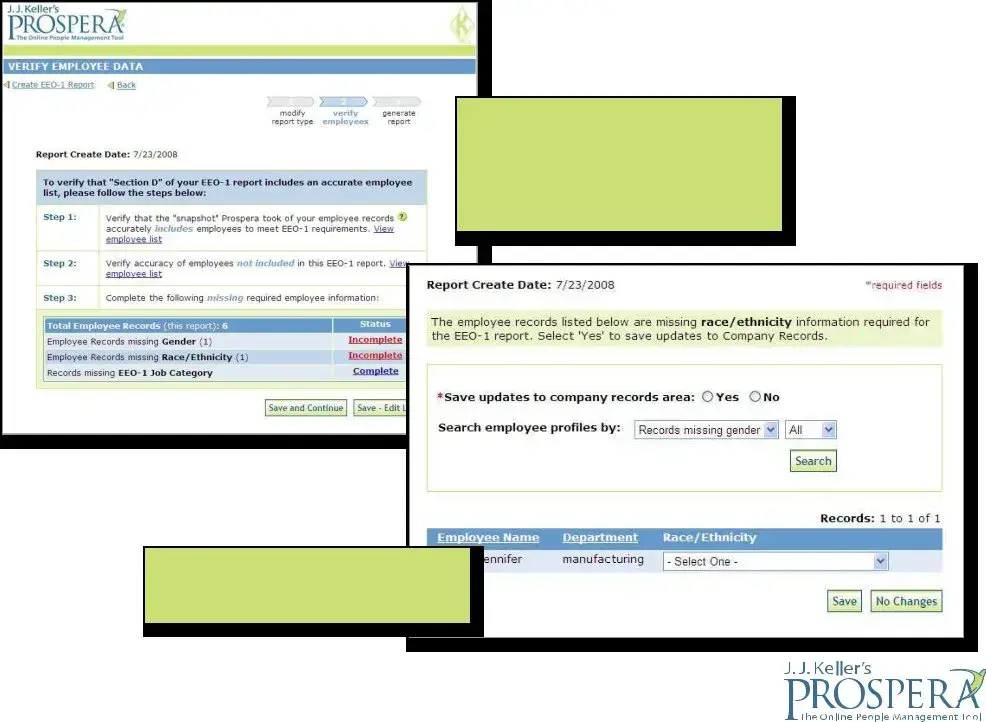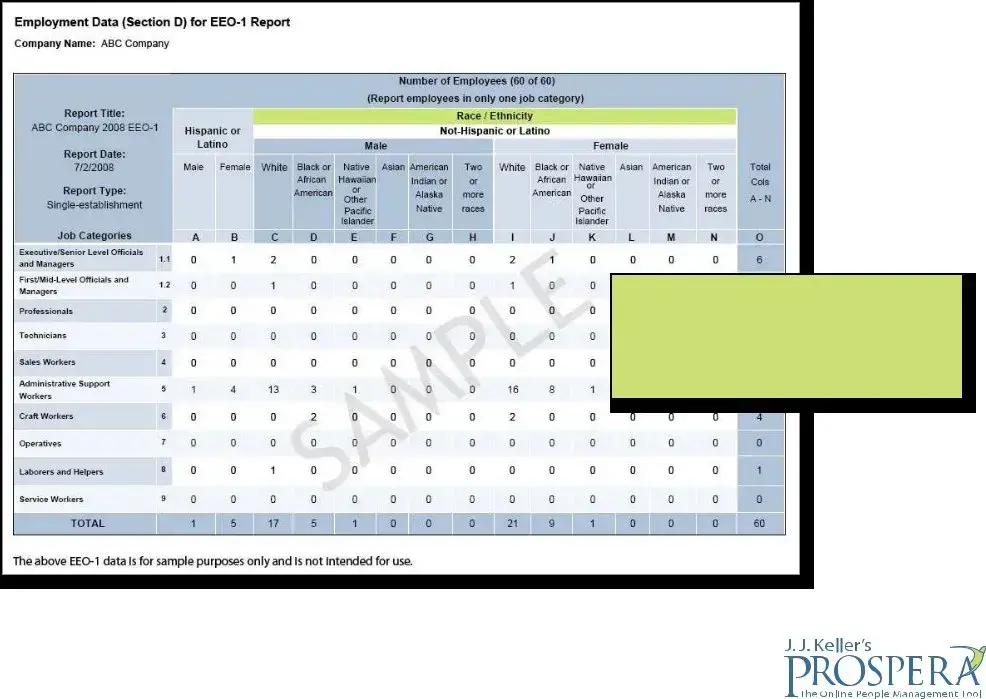The Fair Employment Practices Agency (FEPA) report serves a purpose similar to the EEO-1 form by collecting data on workforce demographics. FEPA reports are often mandated by state laws to ensure compliance with anti-discrimination policies. By gathering information about race, gender, and ethnicity, these reports help identify and address potential disparities in employment practices within an organization.
The Employer Information Report (EEO-4) is another document that shares similarities with the EEO-1 form. Specifically, the EEO-4 focuses on government contractors, requiring them to disclose demographic data about their employees. This reporting aids in demonstrating adherence to affirmative action requirements, keeping the workplace equitable and in line with federal guidelines.
The OMB (Office of Management and Budget) Statistical Policy Directive 15 provides the standards on race and ethnicity categories used in the EEO-1 form. This directive ensures uniformity in data collection across federal agencies. Essentially, it provides the guidelines that enhance the accuracy and consistency of demographic reporting, similar to the way the EEO-1 document functions.
Similarly, the IRS Form 1099-MISC collects payment-related information for non-employees. While the purposes differ, both forms require organizations to report demographic or economic information for regulatory compliance and statistical analysis. The IRS form tracks payments made to independent contractors and helps the agency ensure proper tax compliance, akin to how the EEO-1 form aids in tracking equal employment opportunities.
The Workforce Investment Act (WIA) reports are comparable as they require data on employment demographics for program effectiveness evaluation. WIA reports help assess the impact of workforce development initiatives by providing insights on participant demographics, similar to the EEO-1’s analysis of employee data to promote fair employment practices.
The Affirmative Action Plan (AAP) is another document that addresses workforce demographics but with a focus on creating actionable plans for diversity and inclusion. Organizations complete AAPs to set goals for hiring and retaining protected class members. By analyzing workforce data, similar to the EEO-1, AAPs help companies to identify areas for improvement in their hiring practices.
The Bureau of Labor Statistics (BLS) Employer Report collects employment statistics at a larger scale. Like the EEO-1, it captures data related to industry employment, but on a national scale, enabling the government to analyze labor patterns. Both documents ultimately aim to promote understanding of labor force dynamics and ensure fair representation in the workforce.
Employee Self-Identification Forms are also related to the EEO-1 in that they are used to gather demographic data directly from employees. These forms are typically completed during the onboarding process and provide employers with crucial information regarding race, gender, and ethnicity. This data forms the basis for compiling EEO-1 information, highlighting its importance in fostering an equitable workplace.
The Title VII Diversity Report, while not as widely known, serves to document compliance with Title VII of the Civil Rights Act. Organizations submit these reports to provide a snapshot of their workforce demographic makeup, much like the EEO-1 does. Ensuring diversity is a critical component of both reports, helping employers meet their obligations under anti-discrimination laws.
Finally, the Canadian Employment Equity Act Report bears similarities with the EEO-1 in that it mandates employers to report on workplace demographics. It aims to promote equality for designated groups, mirroring the EEO-1's objective of ensuring equal employment opportunities and contributing to a broader understanding of workforce diversity on both sides of the border.
